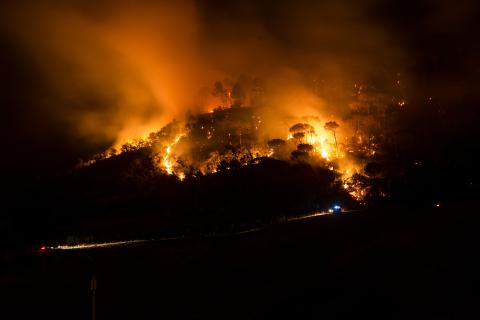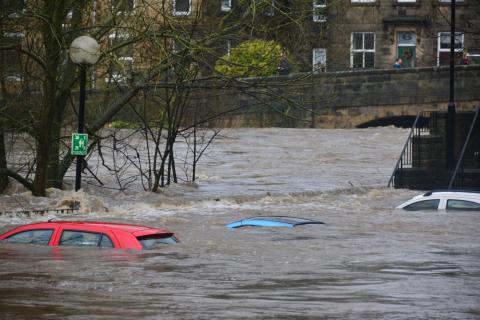The year 2019 was among the three warmest years since records began in the 1800s. Nearly 400 all-time high temperatures were set in the northern hemisphere during the summer of 2019 and records were broken in 29 countries for the period between 1 May and 30 August. There were heatwaves across Europe, especially in Germany, France and the Netherlands. During the southern hemisphere summer there were catastrophic wildfires in Australia. However, was 2019 just an exceptional year, or was this the result of climate change caused by human activities?

Each weather event is unique so it is impossible to say that any one extreme event was a result of climate change. However, climate attribution studies aim to answer this question by looking at how much more common extreme events are as a result of climate change. This involves comparing the likelihood of occurrence of an event under the current climate with the likelihood of occurrence of the event in a climate with climate change removed. It can be done either based on the trend in a long time series of observed data or on ensembles of climate model simulations of possible weather under each climate.

Statistical modelling has an important part to play in climate attribution studies. A statistical distribution called the generalised extreme value distribution is used to model the distribution of maximum values of a variable over blocks of time (for example the series of annual maximum values of daily mean temperature). This distribution can be used to estimate the return period for a particular event, which is the period over which we would expect the value to be equalled or exceeded once on average. When the analysis is based on observed data, a trend can be fitted that allows the return period now to be compared with what it would have been for a similar event at an earlier date. This has the advantage that observations are less reliant on assumptions than model simulations, but observations alone cannot show what caused the trend. When climate models are used, it is possible to simulate from a climate that is the same as the current one but without emissions of greenhouse gases and aerosols originating from human activity.

Vautard et al. (2020) carried out an attribution study using both approaches for the 2019 heatwave in Europe by considering the maximum 3-day average mean temperature at a set of locations. They concluded that, without human-induced climate change, temperatures during heatwaves such as the one that occurred in July 2019 would have been about 1.5 to 3 degrees lower. For the event in France in July 2019 they estimated the return period to be 134 years, so it was an unusual event. However, the study also found large changes in the probability of the event, which in France and the Netherlands changed by at least a factor of ten, so without climate change it would have been an extremely improbable event with a return period longer than about 1000 years. The events that occurred in the same month in other countries such as Germany and the UK were not as rare (had a shorter return period) and the changes in probabilities were smaller but nevertheless large enough to suggest a significant influence of human-induced climate change.
Reference:
Robert Vautard et al (2020) Human contribution to the record-breaking June and July 2019 heatwaves in Western Europe Environ. Res. Lett.15 094077

